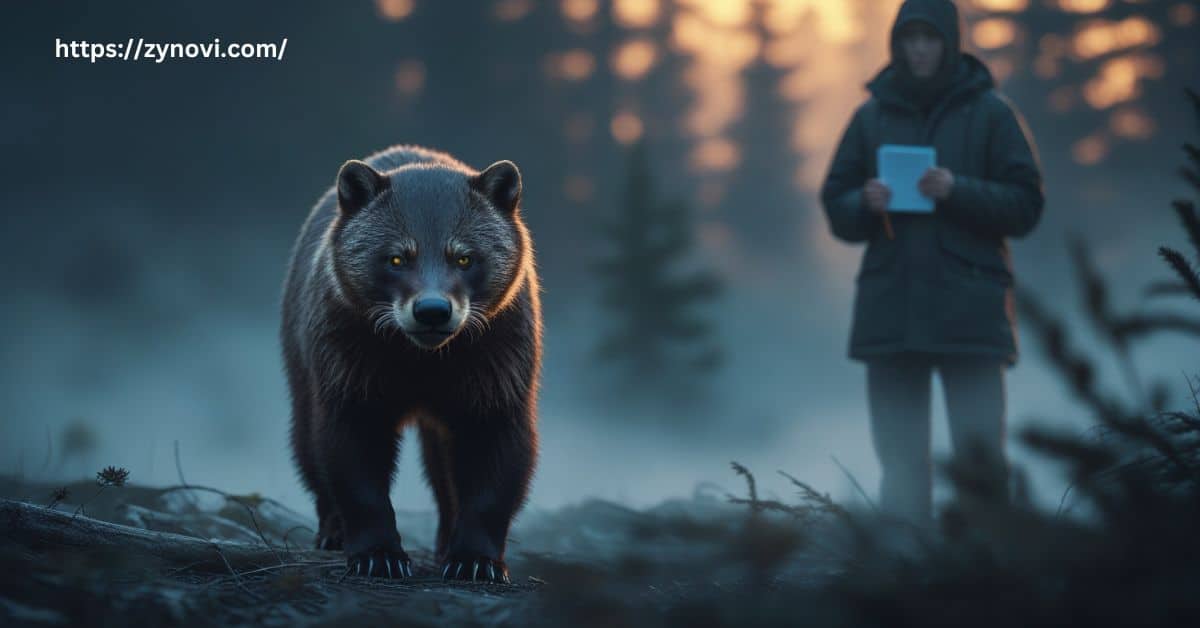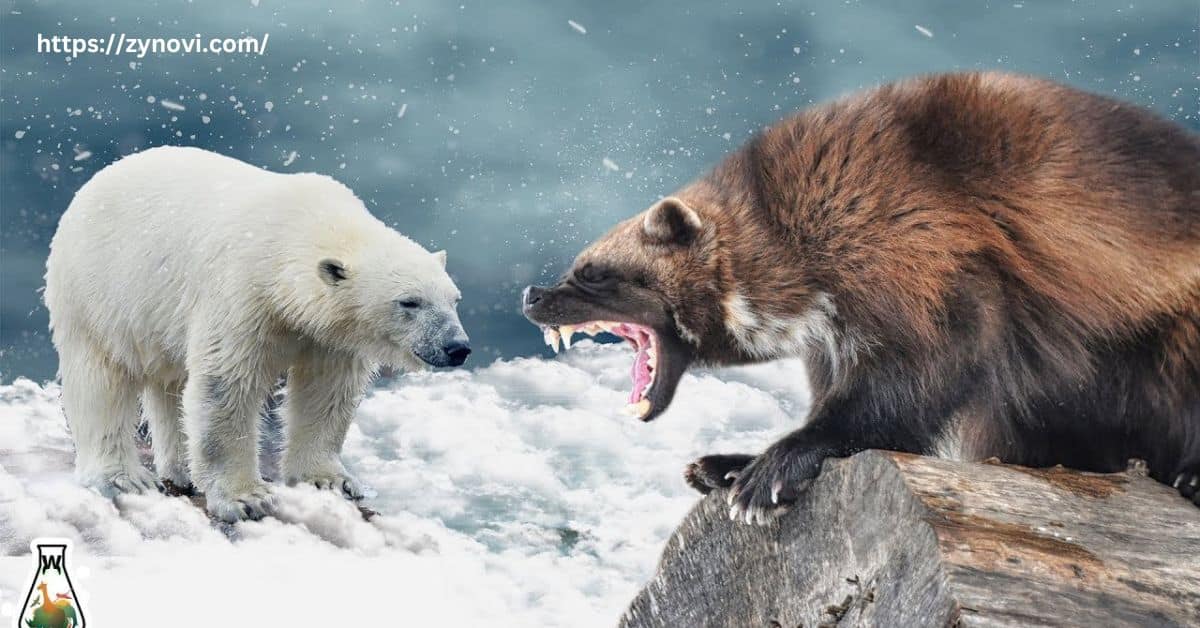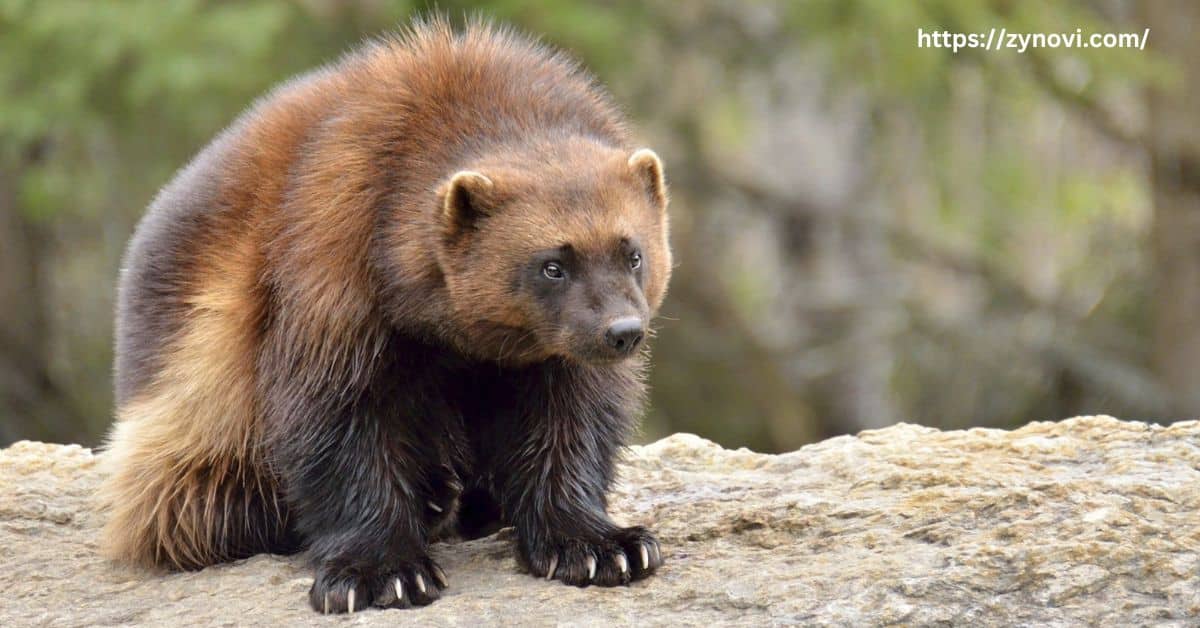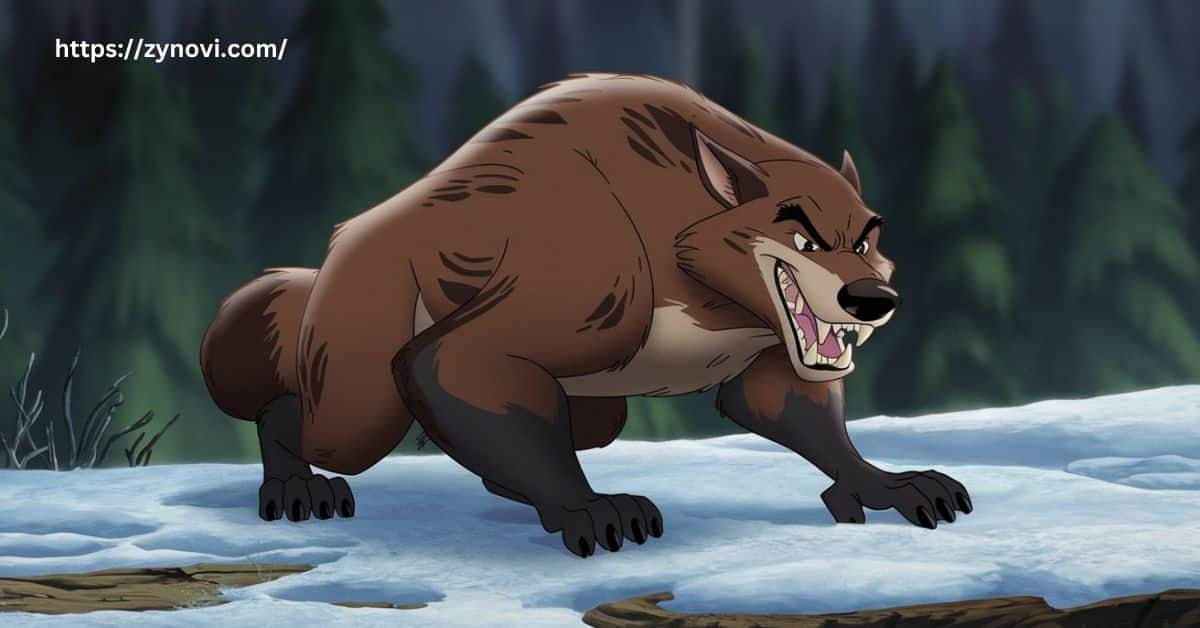Do Wolverines Attack Humans? They prefer to avoid confrontation and are generally not a threat to humans unless provoked.
It’s a question that many may wonder, given these fierce and powerful creatures‘ intimidating reputation. While wolverines are known for their strength and aggression in the wild. So, should you worry about crossing paths with one?
In this article, we’ll dive deep into wolverine behavior, what you should know if you encounter one, and how to stay safe. Whether you’re an outdoor enthusiast or simply curious, understanding these remarkable animals will put your mind at ease and help you appreciate them from a safe distance. Keep reading to learn more!
Do Wolverines Attack Humans? Understanding Wolverines
What Are Wolverines?
Wolverines are remarkable members of the weasel family (Mustelidae), closely related to otters, ferrets, and mink. Though they are relatively small, typically weighing between 20 and 55 pounds, wolverines are renowned for their extraordinary strength, fierce disposition, and adaptability.
These carnivorous mammals are vital to their ecosystems, serving as both scavengers and predators. By feeding on carrion and hunting small prey, wolverines help maintain ecological balance.
Their fearless nature and robust physical attributes make them one of the most intriguing creatures in the animal kingdom, despite their elusive and solitary behavior.
Physical Characteristics
| Characteristic | Description |
|---|---|
| Size | Wolverines weigh between 20 and 55 pounds and can reach up to 3.5 feet in length, including their bushy tails. |
| Features | They possess a muscular build, sharp claws, powerful jaws, and a thick fur coat that enables them to endure extreme cold. |
| Strength | Their retractable claws and robust bodies allow them to climb trees, dig burrows, and even fend off larger predators when necessary. |
| Diet | As carnivores, wolverines feed on small mammals, birds, and scavenge on carcasses left by larger predators, making them opportunistic eaters. |
Habitat and Distribution
Wolverines inhabit remote wilderness areas across the Northern Hemisphere, including boreal forests, tundra, and mountainous regions. These regions span countries such as Alaska, Canada, Scandinavia, and Russia, where harsh climates dominate. Wolverines favor areas with minimal human activity, ensuring their solitude and survival.
Behavior: Wolverines are solitary creatures, rarely seen in groups unless raising young. They are highly territorial, marking their ranges to ward off rivals and protect resources. Known for their endurance, wolverines can travel up to 15 miles a day while foraging or hunting.
Adaptations: Wolverines possess dense fur that provides exceptional insulation against freezing temperatures. Their large, snowshoe-like paws distribute weight evenly, enabling them to navigate deep snow effortlessly. These adaptations make them one of the few predators capable of thriving in snowy and rugged terrains.
Do Wolverines Pose a Threat to Humans?

General Behavior Towards Humans
Wolverines are naturally reclusive creatures that avoid humans whenever possible, preferring the solitude of remote wilderness regions. Their elusive nature and preference for uninhabited areas make human encounters exceedingly rare.
However, as with most wild animals, wolverines may exhibit defensive behavior when they feel threatened or cornered. While they are not inherently aggressive towards humans, their bold and territorial instincts may surface if they perceive a risk to themselves, their food source, or their young.
This cautious interaction highlights their adaptability and survival-driven instincts in the wild.
Circumstances That May Trigger Aggression
- Defending Territory: Wolverines are highly territorial animals, fiercely protecting their home range from intruders. If humans unknowingly enter these areas, they may be perceived as a threat, triggering defensive aggression.
- Protecting Offspring: Female wolverines are particularly aggressive when safeguarding their young. Any perceived danger near their den can provoke immediate and intense defensive behavior.
- Feeling Cornered: When trapped, injured, or unable to escape, wolverines may lash out as a survival response. This fight-or-flight reaction often leads to aggressive encounters.
- Competition for Food: Wolverines are opportunistic feeders and will aggressively defend carcasses or food sources. If humans or other animals approach, they may respond with hostility to protect their meal.
Alaska Trapper Incident
Do Wolverines Attack Humans? One notable case involved a trapper in Alaska who unintentionally ventured too close to a wolverine’s den. The animal perceived the intrusion as a threat, resulting in an aggressive response to defend its territory.
Historical Records
Historical accounts mention rare unprovoked wolverine attacks, though these incidents are exceedingly uncommon. Most documented encounters occur when humans unknowingly provoke the animal or encroach on its habitat.
Rare and Isolated Events
Overall, wolverine attacks on humans are exceptional and infrequent, emphasizing their reclusive nature and avoidance of direct conflict.
Comparative Danger
Wolverines are much less of a threat to humans compared to larger predators like bears, wolves, or mountain lions. Despite their fierce reputation, they are relatively small and tend to avoid confrontations rather than seek them out.
Wolverines are more likely to flee when faced with humans, making them much less dangerous in comparison to more aggressive predators.
While they can be territorial and protective of their food, their general preference for staying out of human interactions keeps their risk to people minimal.
How Dangerous Are Wolverine Attacks?

Do Wolverines Attack Humans? Potential Severity of Injuries
Wolverines possess formidable weapons:
- Claws and Teeth: Wolverines have exceptionally sharp claws and strong jaws that can inflict severe lacerations and puncture wounds. These injuries could be painful and difficult to treat, potentially causing significant damage to soft tissues or bones.
- Infection Risks: Like many wild animals, wolverines carry harmful bacteria in their mouths and claws. If a person were to be injured, untreated wounds could become infected, leading to complications like cellulitis or even more serious infections like tetanus if not properly cared for.
Insights on Surviving an Encounter
If you encounter a wolverine, remember these tips:
- Stay Calm: Keep your composure and avoid making sudden movements, as this could provoke the wolverine into an aggressive stance.
- Appear Larger: Make yourself seem bigger by raising your arms or holding your backpack overhead, which may deter the wolverine from approaching.
- Make Noise: Shouting or clapping can startle the wolverine and make it think you’re a larger threat, helping to discourage it from advancing.
- Back Away Slowly: Slowly retreat without turning your back or running, as this could trigger the wolverine’s chase instinct.
How to Minimize Risks of Wolverine Encounters

Best Practices in Wolverine Habitats
Stick to Marked Trails: Always stay on designated trails, especially when in wolverine habitats, to minimize the risk of accidental encounters and to avoid getting lost in remote areas.
Avoid Areas with Signs of Wolverine Activity: Stay clear of places showing signs of wolverine presence, such as fresh tracks, scat, or dens, as this indicates their territory and could increase the likelihood of an encounter.
Keep Food Securely Stored: Store all food in airtight containers or bear-proof lockers to prevent attracting wildlife, including wolverines, which may be drawn to the scent and become more aggressive.
What to Do If You Spot a Wolverine
- Maintain a Safe Distance: Keep at least 100 feet between you and the wolverine to ensure your safety and avoid stressing the animal.
- Do Not Attempt to Feed or Approach: Never try to feed or get closer to the wolverine, as this can encourage dangerous behavior and disrupt its natural instincts.
- Observe Quietly and Retreat if Agitated: If the wolverine shows signs of aggression or agitation, calmly back away without turning your back, giving it space to retreat as well.
Reacting to an Attack
Wolverine animal aggressive? In the rare event of an attack then what will be your react:
Use Bear Spray if Available: If you have bear spray, use it immediately, aiming for the wolverine’s face to create a deterrent and temporarily incapacitate the animal.
Protect Vital Areas Like Your Head and Neck: Shield your head, neck, and other vital areas to minimize the severity of injuries, as these are the most vulnerable parts of your body.
Fight Back Aggressively to Deter the Animal: If the attack continues, defend yourself aggressively by using any available objects, making loud noises, and trying to overwhelm the wolverine to force it to retreat.
Reporting Wolverine Sightings
If you spot a wolverine, it’s crucial to report the sighting to local wildlife authorities. Providing detailed information, such as the location, time, and behavior of the animal, helps authorities monitor wolverine populations and assess their distribution.
Accurate reporting also aids in managing human-wildlife interactions, ensuring safety for both humans and animals.
This data contributes to conservation efforts, allowing for better decision-making regarding habitat protection, wildlife corridors, and potential risks to people in areas where wolverines are present.
Final Thoughts: Can a Wolverine Kill a Human?
How dangerous are wolverines? Wolverines, while equipped with sharp claws and strong jaws capable of inflicting harm, are not typically a threat to humans. Their natural behavior is more inclined toward avoiding confrontation rather than seeking it.
Encounters with wolverines are extremely rare, and the risk of injury is minimal as long as people respect their space and understand their habits. By staying aware of their environment, following safety protocols, and reporting sightings, humans and wolverines can coexist peacefully.
Ultimately, respecting their territory and behavior ensures both safety and the continued preservation of these remarkable creatures.
FAQs
Could a wolverine kill a human?
While wolverines are powerful and capable of causing harm, fatal attacks on humans are extremely rare and unlikely.
How Dangerous are Wolverines to Pets?
Yes, especially small pets. Always supervise pets in wolverine territories.
Are wolverines aggressive?
Wolverines are not naturally aggressive but may become defensive if cornered, threatened, or protecting territory or offspring.
Is a wolverine stronger than a grizzly bear?
No, grizzly bears are much larger and stronger than wolverines, though wolverines are remarkably fierce for their size.
Conclusion: Do Wolverines Attack Humans?
While wolverines are powerful and possess the ability to be dangerous, their natural preference for solitude and avoidance of human interaction means that attacks on humans are highly unlikely. These resilient creatures are more likely to keep their distance, reducing the chances of conflict.
By adhering to safety guidelines, such as keeping a respectful distance and avoiding areas where wolverines are active, we can enjoy their presence in the wild without putting ourselves at risk. Understanding their behavior and respecting their habitats is key to coexisting with these remarkable animals peacefully.










